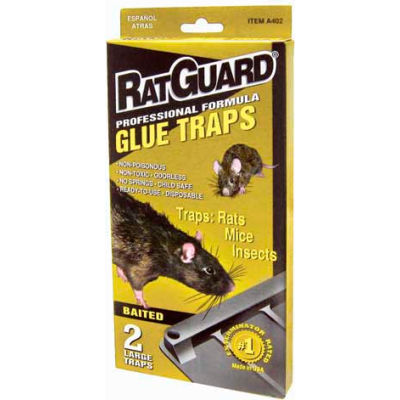

Promptly repair any entry points such as through openings near roofs, foundations, or damaged home siding.Some of the best rat prevention strategies include: Because the females can have multiple litters of offspring each year, infestations may quickly expand. In recent years, pack rats have increasingly been discovered entering the engine compartment of cars and creating expensive damage to wiring and components. Pack rats also may create costly property damage by chewing through wiring, drywall, and similar materials. However, pack rats often carry parasites, contaminate food and surfaces with their feces and urine, and spread leptospirosis, tularemia, and other diseases. It is highly unlikely that these pests will bite or demonstrate any aggressiveness toward humans. Their behavior is similar to roof rats, and they commonly invade attics where they gather insulation and other types of material to create nests and maybe heard rummaging at night. The pack rat is not dependent on water sources, sustaining itself through the small amounts of water contained in the food they eat. Pack rats are furry creatures appearing in shades of grey or brown, typically have a white-colored underbelly and large ears. Pack rats typically weigh around eight ounces and have roughly an eight-inch-long body with a tail that ranges from three to eight inches. Often referred to as woodrats or trade rats, the pack rat is found in deserts, forests, and rocky mountainous areas. Here in the Arizona desert, one of the most common rodents that infiltrate properties is pack rats. One of the common characteristics shared by rodents is continuously growing from incisors, which are sharp teeth used to gnaw on materials. Some examples include rats, mice, gophers, and squirrels that are found in a variety of sizes and colors.

An estimated 1,500 different species of rodents exist worldwide today, making them the largest order of mammals.


 0 kommentar(er)
0 kommentar(er)
